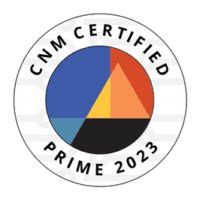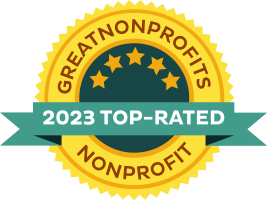This blog previously appeared on CampFire.org.
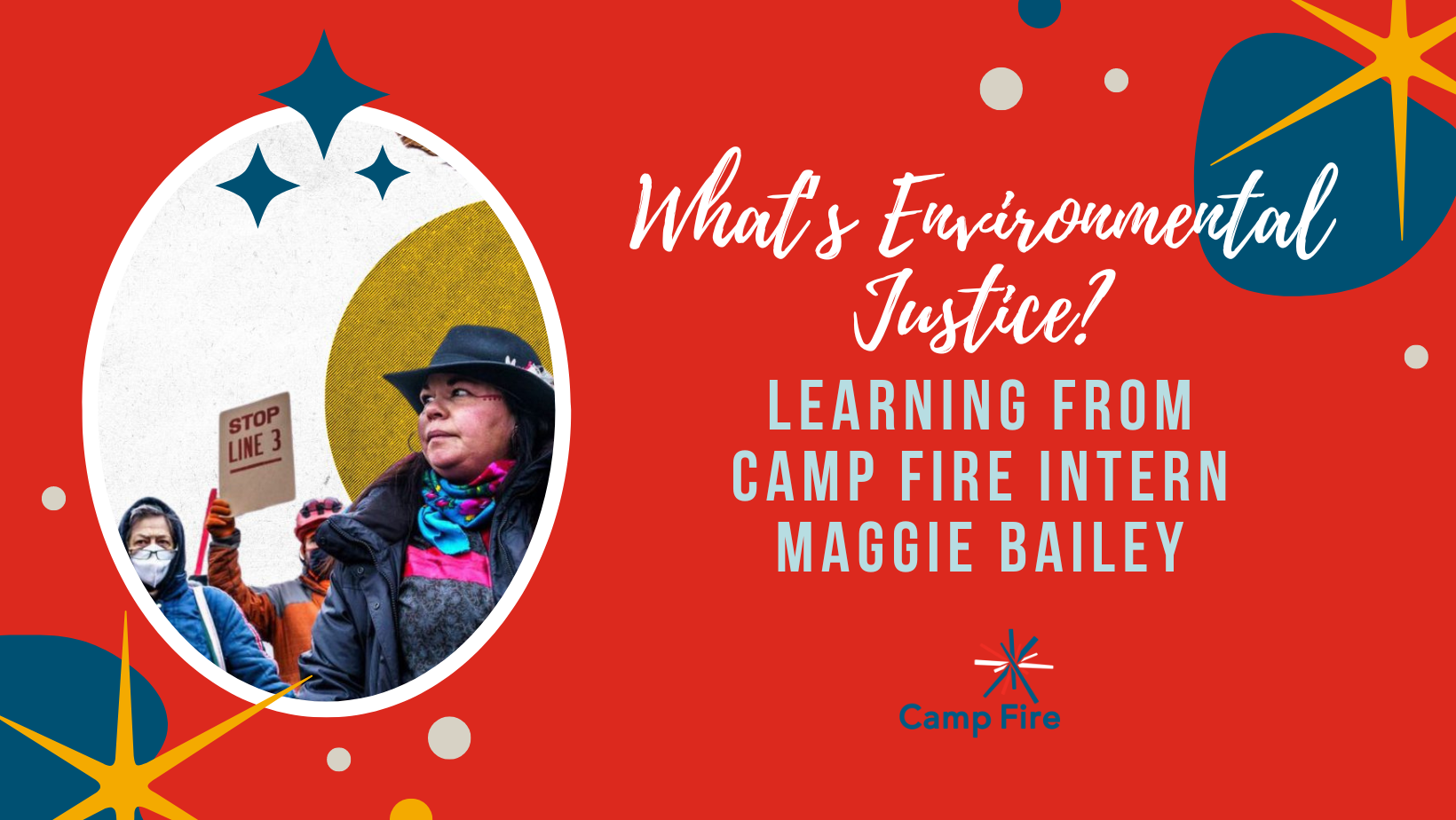
Learning from Camp Fire intern Maggie Bailey
 If you’ve been paying attention to the environmental movement and environmental justice, you know that young people are leading the way, calling us to task, and showing us how to do better. Camp Fire is no different. We’ve been learning from one our own lately, and we wanted to share what she’s been teaching us.
If you’ve been paying attention to the environmental movement and environmental justice, you know that young people are leading the way, calling us to task, and showing us how to do better. Camp Fire is no different. We’ve been learning from one our own lately, and we wanted to share what she’s been teaching us.
Maggie Bailey is a senior at Carroll College, where she’s studying biochemistry, molecular biology and sociology.
“I’ve been in Camp Fire since I was a really young child,” Maggie said. “And I would say I’ve grown progressively with Camp Fire.”
We would agree! She was a club member, camper, camp counselor and volunteer with Camp Fire Inland Northwest and a national Youth Advisory Cabinet member and chair. The Work, Health, Love Award recipient spent this past summer as Camp Fire’s first Environmental Justice and Programming Intern.
“Camp Fire learned I was extremely interested in the environment and that I’m looking to become a scientist,” explained Maggie. “The internship was a good way to help me learn to effectively communicate science to the general population, specifically children, and learn to write curriculum.”
In addition to helping create science-based programming, part of Maggie’s internship was spent developing the report, “Intersections of Camp Fire, Environment, and Race.” In it, Maggie outlines a vision for how Camp Fire can authentically engage with the environmental justice movement. It’s a compelling vision.
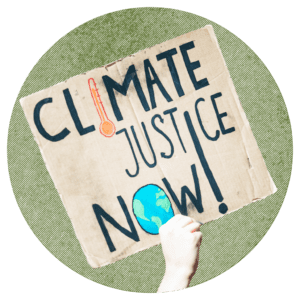 Let’s dive into a few of the important takeaways from Maggie’s report:
Let’s dive into a few of the important takeaways from Maggie’s report:
- What is environmental justice? “Environmental justice is both a social movement and an interdisciplinary academic field that addresses inequalities embedded in the ongoing ecological crisis.”
Maggie points out that current science tells us it will take decades to return the earth to equilibrium — if humans commit to working together to heal the environment. Young people are facing a lifetime of climate change crisis impact, no matter what.
“It’s important to be educated and understand that we need to do the work now,” Maggie says. “I think Camp Fire is a great place to carefully learn that expectation: To love the earth, love your community and know together you are able to do hard things like combat climate change. Talking about climate change is extremely depressing. It’s sad and hard. But having a welcoming community to learn about it, talk about and express your feelings about it is very important.”
- What inequalities does environmental justice address? Environmental hazards have a disproportionate impact on people of color. “The EPA found that BIPOC on average faced a 28 percent higher health burden compared to the general population.”
- “A distinct form of Indigenous environmental justice is required in order to address the challenges of the ecological crisis and the various forms of violence and injustices experienced specifically by Indigenous people.”
Maggie has been active in the work Camp Fire has been doing to end cultural appropriation in our organization, and she sees parallels between that progress and environmental justice work.
“Native Americans took care of the land with a way of grace that I think has been lost,” Maggie said. “I think it’s important to let the people who know how to do it and have been proven to be good at it hold our hand.”
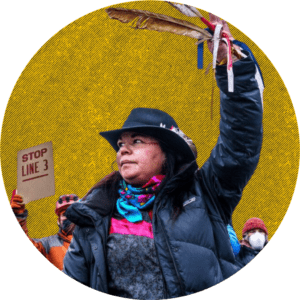 Because of that, she stresses the importance of partnering with Indigenous organizations to learn how to care for both the environment and each other:
Because of that, she stresses the importance of partnering with Indigenous organizations to learn how to care for both the environment and each other:
- What would environmental justice look like in Camp Fire? “Our solutions have to be earth-centered and led by Indigenous people.”
- “Partner with a grassroots environmental activism organization
- Maintain an environmental activism liaison position at Camp Fire”
- What are some effective grassroots organizations to explore?
- Climate Justice Alliance
- Indigenous Environmental Network
- Earth Guardians
- Cultural Survival
Maggie is excited to see how Camp Fire furthers its environmental justice work. She has been happy to see Camp Fire adopt science-based programming and continue its commitment to outdoor education and environmental learning.
“I think keying in on the activism part would be extremely cool,” Maggie said, coming back to the importance of youth voice when asked about her dreams for Camp Fire’s future. “What if there were teenagers who created a council that lobbied for environmental justice in Camp Fire’s name?”
Maggie plans to stay in touch with Camp Fire as she undertakes a biochemistry PhD program at Montana State. Her experiences in Camp Fire are making her consider how she can share what she learns as a scientist with the public, possibly as a professor. She encourages everyone who wants to learn more about environmental justice to do their own research and ground their passion in self-education.
Here are a few starting places Maggie recommends:
For high schoolers and older:
- Tools for Grassroots Activists by Patagonia, edited by Norah Gallgher and Lisa Myers.
- As Long as Grass Grows: The Indigenous Fight for Environmental Justice, from Colonization to Standing Rock by Dina Gilio-Whitaker
- Can You Hear the Trees Talking?: Discovering the Hidden Life of the Forest by Peter Wohlbeen, author of The Hidden Life of Trees
For middle-schoolers:
- A Whale of the Wild by Rosanne Parry
- Stella Diaz Never Gives Up by Angela Dominguez
For young kids:
- We Are Water Protectors by Carole Lindstrom
- The Boy Who Grew a Forest by Sophia Gholz


